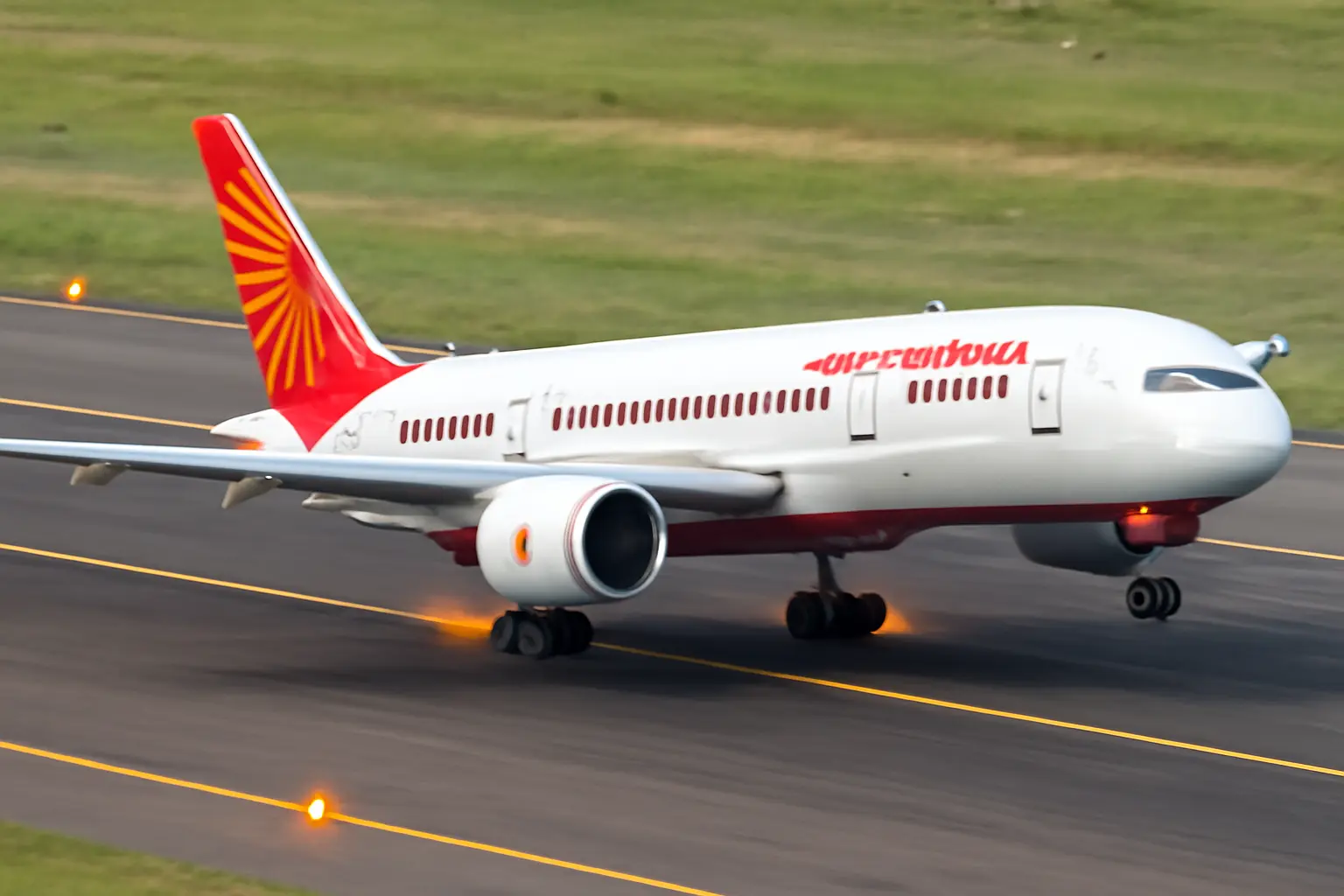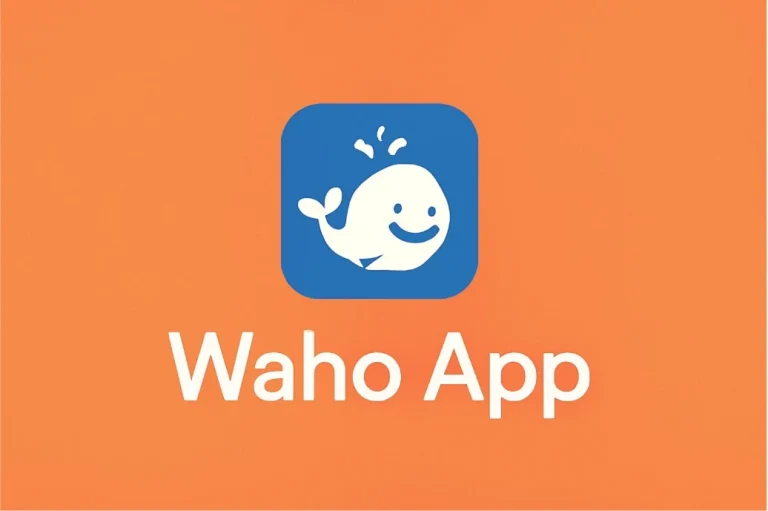How Technology Is Making Aeroplane Landings Easier And Safer
Understanding the Aeroplane Landing App
Modern aeroplane landings are no longer just about skilled pilots and control towers. Today, the aeroplane landing app is a game-changer in aviation. This smart software assists pilots by providing real-time data, weather updates, and automated landing guidance. It connects with the aircraft’s systems and airport infrastructure, ensuring a seamless approach and touchdown.
The app collects information from multiple sources, such as GPS, radar, and airport sensors. It then analyzes this data to recommend the safest and most efficient landing path. Pilots receive instant alerts about wind speed, runway conditions, and even potential obstacles. This technology not only reduces human error but also enhances decision-making, making every landing safer.
| Feature | Benefit to Pilots & Passengers |
|---|---|
| Real-time weather updates | Safer landings in changing conditions |
| Automated guidance | Reduces pilot workload |
| Obstacle detection | Prevents accidents |
| Integration with airports | Smoother coordination |
How the Technology Works
The core of these advancements lies in the integration of advanced sensors, artificial intelligence, and cloud computing. The aeroplane landing app communicates with both the aircraft and ground systems. Using AI, it processes vast amounts of data—like wind direction, air pressure, and runway status—in seconds.
This technology can even predict sudden changes in weather or runway conditions. If fog rolls in or rain starts pouring, the system automatically recalculates the safest landing approach. The app provides pilots with step-by-step instructions, ensuring optimal speed, angle, and timing for landing.
Moreover, the system is designed to learn from every landing. It collects data from thousands of flights, allowing it to constantly improve its recommendations. This continuous learning process makes each new landing even safer than the last.
| Technology Used | Functionality |
|---|---|
| Sensors | Collect real-time data |
| Artificial Intelligence | Analyze and predict landing scenarios |
| Cloud Computing | Store and process massive data sets |
| Communication Systems | Sync aircraft and airport information |
Enhancing Passenger Experience
Passengers benefit directly from these technological innovations. Landings are now smoother, with fewer sudden movements or abrupt stops. The aeroplane landing app ensures that the descent is gradual and well-coordinated, minimizing discomfort.
Additionally, real-time updates are shared with passengers through in-flight screens and mobile apps. Travelers receive notifications about estimated landing times and weather at their destination. This transparency helps reduce anxiety and keeps everyone informed.
The technology also reduces delays. By optimizing landing sequences and coordinating with airport traffic, planes spend less time circling in the air. This means quicker arrivals and less waiting on the runway.
| Passenger Benefit | Description |
|---|---|
| Smoother landings | Less turbulence and abrupt movements |
| Real-time updates | Stay informed about landing progress |
| Reduced delays | Quicker arrivals and departures |
| Increased safety | Peace of mind during landing |
Safety and Reliability Features
Safety is the top priority in aviation, and technology has taken it to new heights. The aeroplane landing app includes multiple fail-safes and backup systems. If one system fails, another takes over instantly, ensuring continuous guidance.
Advanced algorithms constantly monitor the aircraft’s position, speed, and altitude. If the app detects any deviation from the optimal path, it immediately alerts the pilot and suggests corrective action. Emergency protocols are built in, allowing for quick responses to unexpected situations.
The reliability of these systems is tested through rigorous simulations and real-world trials. Every update undergoes strict certification processes to meet international safety standards.
| Safety Feature | How It Works |
|---|---|
| Redundant systems | Backup ensures continuous operation |
| Real-time monitoring | Detects and corrects deviations |
| Emergency protocols | Quick response to unexpected events |
| Certified updates | Meets global safety regulations |
Integration with Smart Airports
Smart airports are transforming the way aeroplanes land and take off. These airports use IoT (Internet of Things) devices, automated lighting, and intelligent traffic management systems. The aeroplane landing app seamlessly integrates with these smart systems.
When a plane approaches, the airport’s sensors communicate with the aircraft, providing up-to-the-minute information about runway status, weather, and ground traffic. Automated lighting guides the plane safely to its parking spot. Baggage handling and passenger services are also streamlined, making the entire arrival process efficient.
This integration reduces the risk of runway congestion and ensures that every landing is coordinated with ground operations.
| Smart Airport Feature | Benefit to Landings |
|---|---|
| IoT sensors | Real-time runway and weather data |
| Automated lighting | Guides aircraft safely |
| Traffic management | Prevents congestion and delays |
| Streamlined services | Faster baggage and passenger handling |
Personalized Notifications
Personalization is a key trend in modern aviation. The aeroplane landing app sends tailored notifications to both pilots and passengers. Pilots receive alerts specific to their flight path, aircraft type, and current weather. Passengers get updates about their arrival time, baggage claim, and connecting flights.
These notifications are delivered through multiple channels—cockpit displays, mobile apps, and airport screens. The system adapts messages based on user preferences and language settings, making information accessible to everyone.
Personalized notifications help reduce confusion and keep everyone on the same page during the critical landing phase.
| Notification Type | Target Audience | Information Provided |
|---|---|---|
| Pilot alerts | Pilots | Flight path, weather, landing status |
| Passenger updates | Passengers | Arrival time, baggage, connections |
| Airport staff messages | Ground crew | Aircraft arrival, gate assignment |
The Role of Augmented Reality
Augmented reality (AR) is making its way into cockpits and control towers. With AR, pilots can see a digital overlay of the runway, approach path, and obstacles on their windshield or display screens. This visual aid enhances situational awareness, especially in poor visibility conditions.
AR can also be used for training purposes. Pilots practice landings in virtual environments that mimic real-world scenarios. This hands-on experience improves skills and confidence.
In airports, AR helps ground staff guide planes to their gates with precision. Passengers may soon use AR apps to navigate terminals and find their baggage more easily.
| AR Application | Benefit |
|---|---|
| Cockpit overlays | Better visibility and awareness |
| Pilot training | Realistic practice scenarios |
| Ground staff guidance | Accurate aircraft parking |
| Passenger navigation | Easier wayfinding in terminals |
Environmental Impact Tracking
Technology is not just about safety and convenience; it also helps protect the environment. The aeroplane landing app tracks fuel consumption, emissions, and noise levels during landings. By optimizing descent paths and reducing unnecessary engine use, the system minimizes the environmental footprint of each flight.
Airlines receive detailed reports on their environmental performance. This data helps them adopt greener practices and comply with regulations. Passengers are also informed about the eco-friendly measures taken during their journey.
Sustainable aviation is a growing priority, and technology is playing a crucial role in achieving it.
| Environmental Feature | Impact |
|---|---|
| Fuel optimization | Lower fuel consumption |
| Emission tracking | Reduced greenhouse gases |
| Noise reduction | Quieter landings for communities |
| Sustainability reports | Informs airlines and passengers |
Future Developments
The future of aeroplane landing technology is bright and full of possibilities. Researchers are working on fully autonomous landings, where AI handles every aspect of the descent and touchdown. Enhanced connectivity between aircraft and airports will allow for even more precise coordination.
New sensors and communication networks will provide richer data, improving safety and efficiency. Virtual reality (VR) may soon be used for advanced pilot training and passenger entertainment during landings.
The integration of green technologies, such as electric taxiing and solar-powered systems, will further reduce the environmental impact of aviation.
| Upcoming Technology | Expected Benefit |
|---|---|
| Autonomous landings | Minimal human intervention |
| Advanced connectivity | Real-time, precise coordination |
| VR training | Immersive pilot and crew education |
| Green innovations | Sustainable and eco-friendly operations |
Challenges and Limitations
Despite the impressive advancements, there are challenges to overcome. Not all airports and airlines have adopted the latest technology due to high costs and infrastructure requirements. Older aircraft may not be compatible with modern landing apps and systems.
Cybersecurity is another concern. As more systems become connected, protecting them from hacking and data breaches becomes critical. Training pilots and staff to use new technology effectively is also a challenge.
Regulatory approval and standardization take time, slowing down widespread adoption. However, ongoing research and investment are addressing these issues, paving the way for safer and smarter landings everywhere.
| Challenge | Impact |
|---|---|
| High implementation cost | Slower adoption by smaller airlines |
| Compatibility issues | Limits use on older aircraft |
| Cybersecurity risks | Potential for data breaches |
| Training requirements | Need for ongoing education |
Adoption by Airlines
Airlines around the world are embracing aeroplane landing technology. Major carriers have already integrated landing apps and smart systems into their fleets. They report fewer incidents, smoother landings, and higher passenger satisfaction.
Smaller airlines are gradually catching up, often starting with the busiest routes and airports. Partnerships with technology companies and government agencies are helping accelerate adoption.
Passengers are increasingly choosing airlines that prioritize safety and innovation. As more airlines invest in technology, the benefits will become standard across the industry.
| Airline Type | Adoption Level |
|---|---|
| Major carriers | Widespread use of landing technology |
| Regional airlines | Gradual implementation |
| Low-cost carriers | Selective adoption on key routes |
| Charter operators | Early trials and pilot programs |
FAQ
What is an aeroplane landing app?
An aeroplane landing app is a smart software system that assists pilots during the landing phase by providing real-time data, automated guidance, and instant alerts to ensure a safe and smooth touchdown.
How does technology improve aeroplane landings?
Technology improves aeroplane landings by integrating advanced sensors, artificial intelligence, and real-time communication between aircraft and airports. This ensures safer, more efficient, and more comfortable landings for everyone.
Are these technologies available at all airports?
While many major airports and airlines have adopted advanced landing technologies, some smaller airports and older aircraft may not yet have full access. However, adoption is growing rapidly across the industry.
Thank you for flying through the world of aeroplane technology with Ateckjb.com! We hope you enjoyed this journey and learned how innovation is making every landing safer and smoother. Visit us again for more exciting updates on technology!
Know More: Aeroplane






